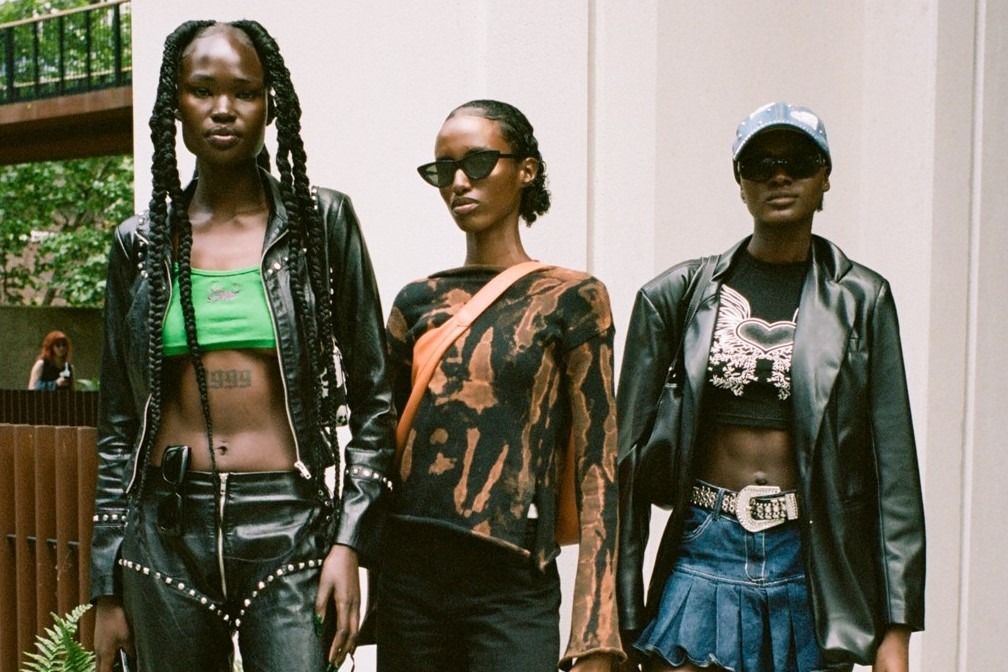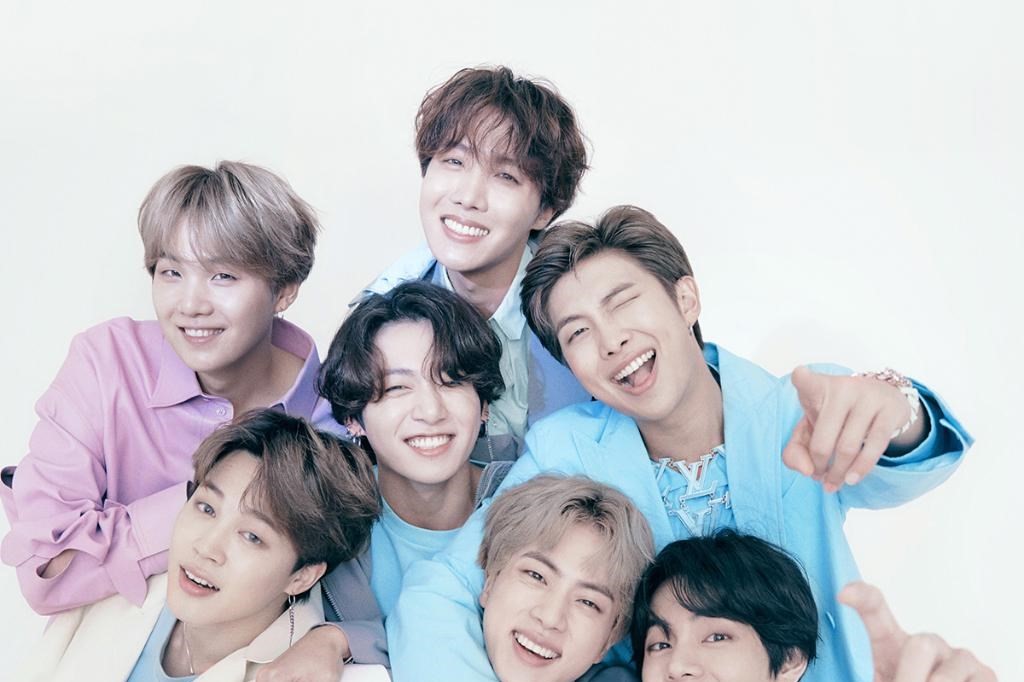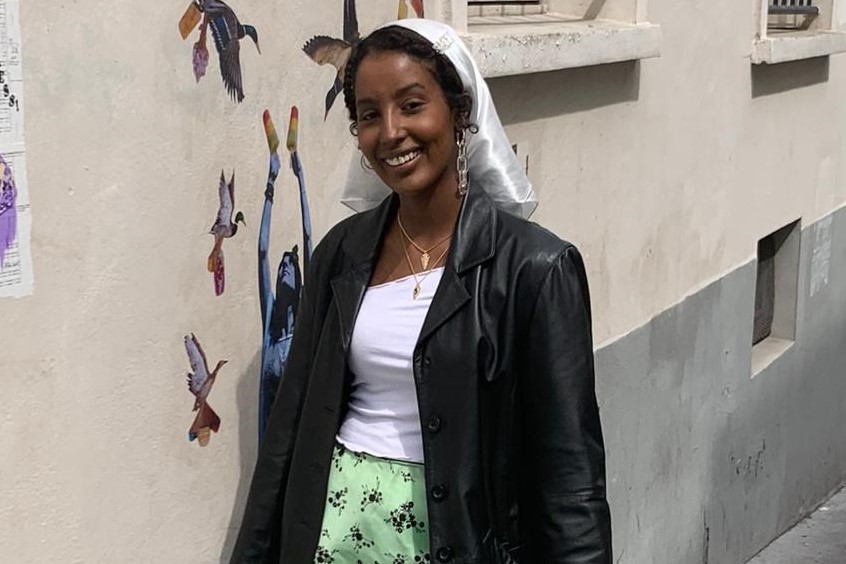

Get weird: why berserk balaclavas are taking over fashion
With Balenciaga, Miu Miu, Kim Kardashian, and A$AP Rocky covering up on the runway and red carpet, three creatives screwing with the style give us the 411 on why it’s so compelling
Pelvic cut-outs, fungi frenzy, URL clothes, and the return of Indie Sleaze: there was no shortage of trends to keep up with in 2021, despite the fact many of us spent half of it stuck indoors again. As we step into the new year, however, most of these finicky fads will meet their untimely demise – forgotten, replaced, and tagged as passé or mainstream. As Ariana so succinctly put it, thank you, next. Except, that is, when it comes to balaclavas.
The tight-fitted, often knitted headgear that typically covers the entire face with only a small gap for the eyes is having something of a moment. Where once the style conjured up images of skiers or bank robbers, now, it’s making its way down runways around the world. It popped up at Miu Miu in a series of joyful hues as part of Mrs P’s AW21 collection, while in London, Fashion East designer Chet Lo gave it a spikey, textural spin for SS22.




Knitted from soft alpaca wool with ribbed edges, British fashion label Shrimps also released a bunch of these made-to-order pragmatic accessories for AW21 – most of which are currently sold out. By the end of 2021, fashion search platform Lyst reported that searches for balaclavas and knitted hoods were up by 64 per cent, with fashion fanatics fervently browsing the likes of Paloma Wool, New Balance, Miu Miu, and Weekday.
What really boosted the balaclava’s clout though was Kim Kardashian arriving at the 2021 Met Gala in incognito mode – dressed head-to-toe in a trailing, all-black Balenciaga outfit, alongside the man behind the brand, Demna. While wearing a mask inside the venue was compulsory for all attendees, the duo chose to go all out and take the concept to extremes. Onlookers questioned whether it was even really Kim K on the carpet or a stand-in, with Lyst reporting a 62 per cent bump in searches for face coverings across the next 48 hours.
As is the case with most trends, a new gen of digital natives are finding a way to make it their own. Instead of logging on and seeking out a ready-made style, young people are picking up the knitting needles, hot glue, and embellishments and screwing with the otherwise no-nonsense garment from the comfort of their bedrooms.
From Canada to Cambodia, Ghana, Germany, and beyond, they’re delivering freaky takes on the balaclava as an exercise in radical self-expression – adding floppy bunny ears dotted with hearts, pointed devil horns, or giant Maleficent-inspired twisted protrusions. But what is it about the incongruous item that’s so enchanted social media? We asked a few creatives the million dollar question.


ALEXANDRIA MASSE
Having learnt the A–Z of knitting from her mum in the wee years of her childhood, 21-year-old Alexandria Masse’s love of designing balaclavas came about as a “happy accident” at the start of 2021. “I had a bunch of scrap yarn from which I wanted to knit a cardigan but there wasn’t enough to make one. So I started making circles, put them on my face and the rest is history,” she recalls. Giving us a preface to the venerated bunny balaclavas that have blown up on Instagram, Masse adds: “I’ve spent most of my time in the pandemic living alone with my two adorable bunnies. Their company inspired me to incorporate bunny ears in my designs, and I love how it turned out.” The Canada-based fine arts and fashion textile student suddenly found herself at the receiving end of a flurry of enquires asking her to make more of them – what started as a pandemic passion project morphed into her artistic calling, and she’s just getting started.
“Balaclavas have their own personality. When you put one on your face, you become one with the piece of art. It isn’t just for viewing as corny as it sounds, the balaclava has more meaning when it’s on your body”, says Masse, whose most recent creation is an offbeat teapot shaped balaclava covered in colourful patches. Her affinity for the accessory is longstanding – this is no flash in the pan thing for her. Growing up in Canada where sub-zero temperatures are an everyday thing, Masse is used to seeing people decked out in ski masks (and wearing one herself) regardless of whether there was a ski slope nearby or not. “There are a lot of artists, like myself, who don’t see the balaclava as a trend. It’s just a form of creative expression that happens to be trendy at the time,” she concludes.
SEBASTIAN PIAZA KUTZBACH
31-year-old Sebastian Plaza Kutzbach is making them, too. The former graphic designer moved from Chile to Berlin in 2019 to pursue a masters in textiles and surfaces – cue the nervousness of arriving to an unfamiliar city with no friends or family and add a deadly virus to the mix. “I was stuck in my flat, desperately looking for ways to pass the never-ending hours. I started collecting used materials lying around such as wool, elastic, yarn, old fabric, cables, pins, and paper to put together some masks and documented the process on TikTok,” explains Kutzbach. At present, 380k followers are religiously tuned into his DIY crochet technique that spawns peculiar balaclavas festooned with spiky needles, pom pom balls, jester bells, and clown-inspired neck ruffles. Fascinated by the freakshow, circus, anime, and imaginary characters, the Chilean artist’s otherworldly creations are a deliberate indication of his personal experiences and favourite pop culture references. “It’s really fun to amalgamate different subcultures you enjoy into a mask. One can read a person by the kind of mask they wear – gauge what colours they like, their interests, and how experimental their style is. You have the power to choose what you want to create and its freedom in some way”, he says.
This isn’t Kutzbach’s first rodeo though – he knitted his first balaclava back in 2012 as a means of experiencing ‘the face’ in different ways. “Usually people wear weird masks as part of a costume on Halloween, but what happens if you’re required to wear these masks all the time – in the supermarket, on the streets, and to brunch?” Kutzbach is still plagued by these questions, more so after the onset of the pandemic: “It’s crazy to think how important the face is for humanity. It’s how we read, understand and identify each other. When that’s hidden under a mask, how can we recognise each other? Are we going to create some other marker of identity?” By injecting some personality into an otherwise nondescript item, Kutzbach is offering an alternative to the idea of facelessness.
CARINA SHOSHTARY
Believe it or not, our wardrobes are often a reflection of current affairs. The higher the heels, the shitter the economy; the shorter the skirts, the better the times, and on and on it goes. The appeal of balaclavas and other contemporary masks has transpired not just out of necessity, but also as a form of escapism wherein we can engage in fantasy. In the midst of yet another COVID-19 variant wreaking havoc, the balaclava, and particularly the more outlandish iterations, serve as a switch-off button from reality that allows us to play pretend in the costume of a creature unlikely to exist. “No other wearable object provokes a more sudden and extensive transformation than a mask. They are almost magical objects that give you the superpower to become another in just about a few seconds” says Carina Shoshtary, a jewellery artist and founder of the Instagram page @fashion_for_bank_robbers.
Intrigued by the power of transformation that lies with headpieces and how they assume a life of its own when worn, Shoshtary started @fashion_for_bank_robbers in 2018 after collecting images of contemporary masks and headwear because she was interested in finding out if the subject was relevant in the art and design world. Fast-forward to 2022, and the Germany-based artist has found answers that she didn’t even set out to find in the first place.
“The balaclava trend is part of a bigger current trend that manifests itself in different forms in the last couple of years: the revival of the face gear in art and fashion. This also includes masks, face jewellery, sculptural head and face wear, and so on. I can think of several reasons for this development, but what certainly plays a big role is the rising awareness that our world is in imminent danger. Long before the pandemic came into being, apocalyptic themes surfaced increasingly in art and design. Countries in Asia that were (and still are) dealing with extreme air pollution made protective masks fashionable years ago” explains Shoshtary. The takeaway? Balaclavas are going nowhere fast.



